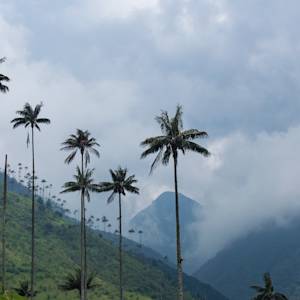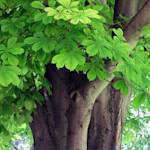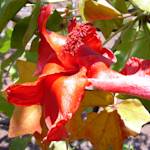Purple saxifrage
2022 CE • Arctic
"The purple saxifrage is common in the high Arctic and also some high mountainous areas further south, including northern Britain, the Alps, and the Rocky Mountains. The plant inhabits temperate and Arctic zones from sea level to more than 3,000 feet. The purple saxifrage has also been found growing at 14,780 feet in the Swiss Alps. This makes it the highest elevation angiosperm — a plant that flowers and produces seeds — in Europe . . . The purple saxifrage is a densely matted plant that only grows to about two inches high. The small round leaves have ciliated margins and are positioned in four rows close to the surface. Growing this low to the ground protects the plant from evaporation and abrasion from wind-driven snow or sand . . . Perfectly adjusted to the short growing season, the purple saxifrage’s flowering buds survive the winter protected by the plant’s own foliage. Once the snow cover melts, the buds quickly bloom with individual flowers lasting about 12 days . . . In addition to using the purple saxifrage bloom to mark caribou calving, indigenous people use the plant in various ways. The sweet flower petals are eaten by residents in Nunavut, formerly part of the region of northern Canada known as the Northwest Territories. The petals, called aupilaktunnguat by the Innuit, are reportedly bitter at first but become sweet-tasting after a second or two . . . The Inuit also brew the leaves and stems for herbal tea, with the best-tasting tea coming from late summer flowers that have died on the plant. Unfortunately, the purple saxifrage’s ability to withstand extreme cold could also lead to its extinction. With polar and high-altitude regions warming faster than other parts of the globe, the hardy little Arctic plant is encountering fierce competition from invasive species."
"Purple saxifrage," Danger Ranger Bear, February 17, 2022.
Image: Björn S., CC BY-SA 3.0, via Wikimedia Commons


Learn about Maya Lin’s fifth and final memorial: a multi-platform science based artwork that presents an ecological history of our world - past, present, and future.

Discover ecological histories and stories of former abundance, loss, and recovery on the map of memory.

Learn how we can reduce our emissions and protect and restore species and habitats – around the world.

See how art can help us rethink the problems we face, and give us hope that each one of us can make a difference.

Help make a global memorial something personal and close to home. Share your stories of the natural world.


